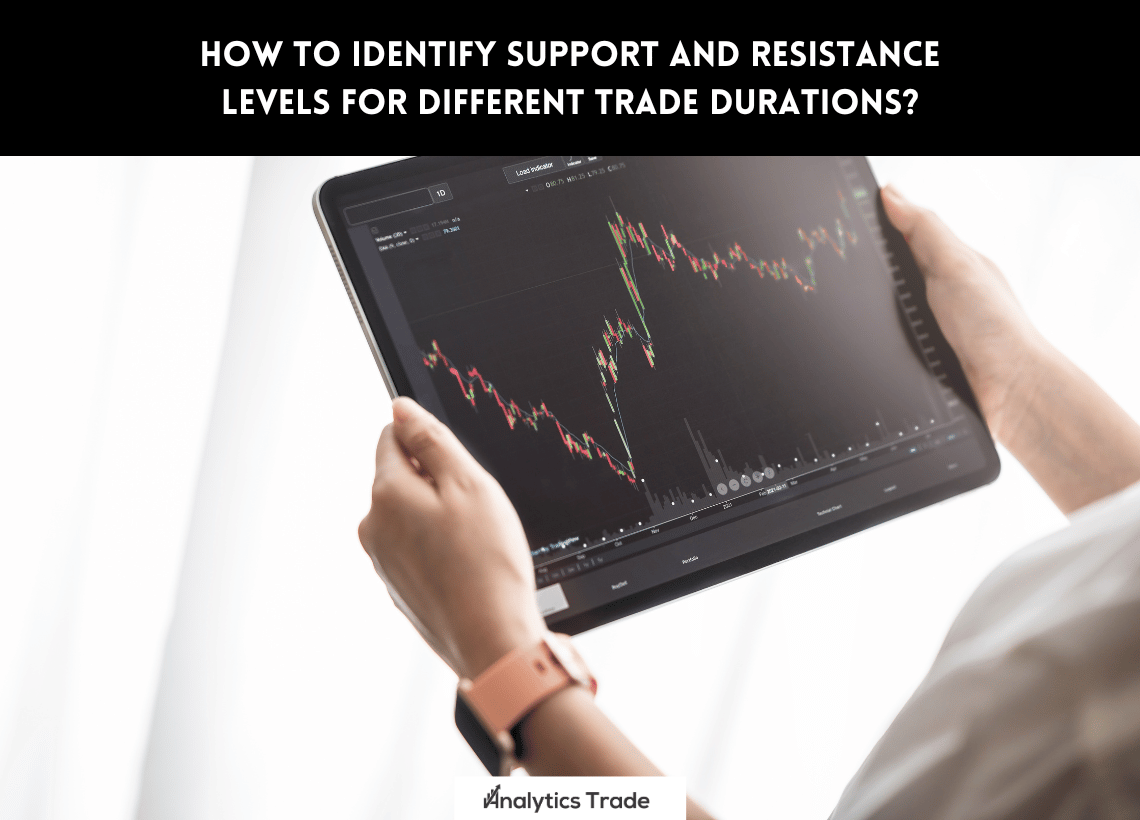What Are Support and Resistance Levels?
Support and resistance levels are key levels of price that traders use to determine when to enter and exit trades. Support levels are areas of the chart where the price tends to find support and not fall below. Resistance levels are areas of the chart where the price tends to find resistance and not rise above.
How to Identify Support and Resistance Levels
Identifying support and resistance levels is an important skill for any trader. Here are some tips for identifying these levels:
1. Look for Previous Highs and Lows
One of the easiest ways to identify support and resistance levels is to look for previous highs and lows. These are areas where the price has previously found support or resistance and could potentially do so again.
2. Use Trend Lines
Another way to identify support and resistance levels is to use trend lines. Trend lines are lines drawn on the chart that connect two or more highs or lows. These lines can be used to identify potential areas of support and resistance.
3. Use Moving Averages
Moving averages are another way to identify support and resistance levels. Moving averages are lines drawn on the chart that show the average price over a certain period of time. These lines can be used to identify potential areas of support and resistance.
4. Use Fibonacci Retracements
Fibonacci retracements are another way to identify potential areas of support and resistance. Fibonacci retracements are lines drawn on the chart that show the potential areas where the price could retrace after a move.
How to Use Support and Resistance Levels
Once you have identified potential areas of support and resistance, you can use these levels to help you make trading decisions. Here are some tips for using support and resistance levels:
1. Use Support and Resistance Levels as Targets
One way to use support and resistance levels is to use them as targets. If the price is approaching a support level, you can use that level as a target for your trade. Similarly, if the price is approaching a resistance level, you can use that level as a target for your trade.
2. Use Support and Resistance Levels as Stop Losses
Another way to use support and resistance levels is to use them as stop losses. If the price is approaching a support level, you can use that level as a stop loss for your trade. Similarly, if the price is approaching a resistance level, you can use that level as a stop loss for your trade.
3. Use Support and Resistance Levels to Identify Breakouts
Finally, you can use support and resistance levels to identify potential breakouts. If the price is approaching a support or resistance level, you can watch for a breakout. If the price breaks through the level, it could signal a potential trading opportunity.
How to Identify Support and Resistance Levels for Different Trade Durations
Support and resistance levels can be identified for different trade durations. For example, you can identify support and resistance levels for short-term trades, such as day trades, as well as for longer-term trades, such as swing trades.
1. Identify Support and Resistance Levels for Short-Term Trades
For short-term trades, such as day trades, you can use the same methods as discussed above to identify potential areas of support and resistance. You can look for previous highs and lows, use trend lines, use moving averages, and use Fibonacci retracements.
2. Identify Support and Resistance Levels for Longer-Term Trades
For longer-term trades, such as swing trades, you can use different methods to identify potential areas of support and resistance. For example, you can use chart patterns, such as head and shoulders or double tops and bottoms, to identify potential areas of support and resistance. You can also use Fibonacci extensions to identify potential areas of support and resistance.
Conclusion
Support and resistance levels are key levels of price that traders use to determine when to enter and exit trades. Identifying these levels is an important skill for any trader, and there are several methods that can be used to identify potential areas of support and resistance. Additionally, support and resistance levels can be identified for different trade durations, such as short-term trades and longer-term trades. By understanding how to identify support and resistance levels, traders can gain an edge in the forex market.
Personal Opinion
As a trader, I find support and resistance levels to be invaluable tools for making trading decisions. By understanding how to identify these levels, I can gain an edge in the market and make more informed trading decisions. Additionally, I find that using different methods to identify support and resistance levels for different trade durations can be especially helpful in finding potential trading opportunities.






Comments